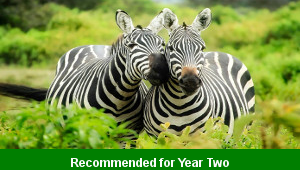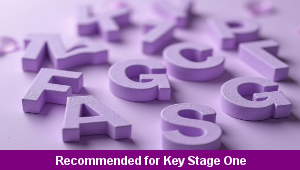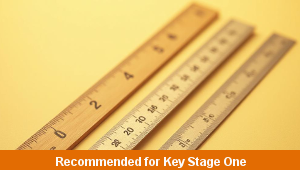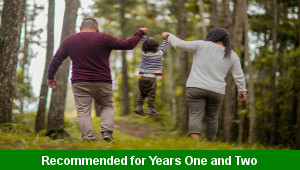Lesson Three – Braille Alphabet

This history teaching pack for Key Stage One gets the children to explore, describe and model how Braille is produced and used to support people who are blind in the world so that they can access information when reading texts.
The class can select and produce examples of different Braille letters which can be used to spell and identify a range of cvc words for a partner to practising identifying.
Download this teaching pack including a lesson plan, classroom activities and an interactive presentation to explore, describe and model how Braille is produced and used to support people who are blind in the world so that they can access information when reading texts
Activities in this teaching pack include display posters to identify and match Braille symbols to letters of the alphabet, a shared reading text to link different Braille symbols to the correct letters of the alphabet and a set of cards to practise building different cvc words using the matching symbols for the Braille alphabet.
The interactive presentation can be used to explore and model how Braille is produced and used to support people who are blind in the world.
This lesson is part of a history scheme of work to get the children to explore and record information about the life and work of Louis Braille who had a significant impact on the development of communication in the world. There are teaching activities for shared learning, differentiated worksheets to support independent learning and interactive presentations to introduce concepts and key skills.
-

Animal Lists
Investigate how to compile lists using commas to present information about some of the special animals that live in habitats around the world
-

English Spelling Assessment
Assess abilities in spelling different vocabulary words based on the National Curriculum programmes of study for Key Stage One
-

Maths Measurement Assessment
Assess abilities in estimating, measuring and comparing a range of different measurements for length, mass and capacity
-

Family Life
Investigate and reflect on some of the special events and experiences that might happen in the life of a family
